The day might bring some gardening, or maybe some unfortunate waterlogging, in your yard. Whatever the case, we understand your conundrum—clay soil. Although clay soil can be beneficial in specific situations, its sticky and dense properties make it quite unpopular in a garden bed. You've likely heard that adding sand to clay soil is beneficial, but you might not know how much to add. You're in luck because we researched the topic to bring you the answer.
In order to dilute the negative effects of clay soil, add a 1:1 ratio of sand to clay soil. However, this is not the most effective way to improve your soil's ability to drain. The most effective way to improve overall soil quality is to add organic compost materials.
If you still have some questions about adding sand to clay soil, don't worry. In this article, we will uncover the mysteries of clay soil including its advantages and disadvantages. We will also talk through a better method of improving the overall quality of your soil. Without further ado, let's get into it!
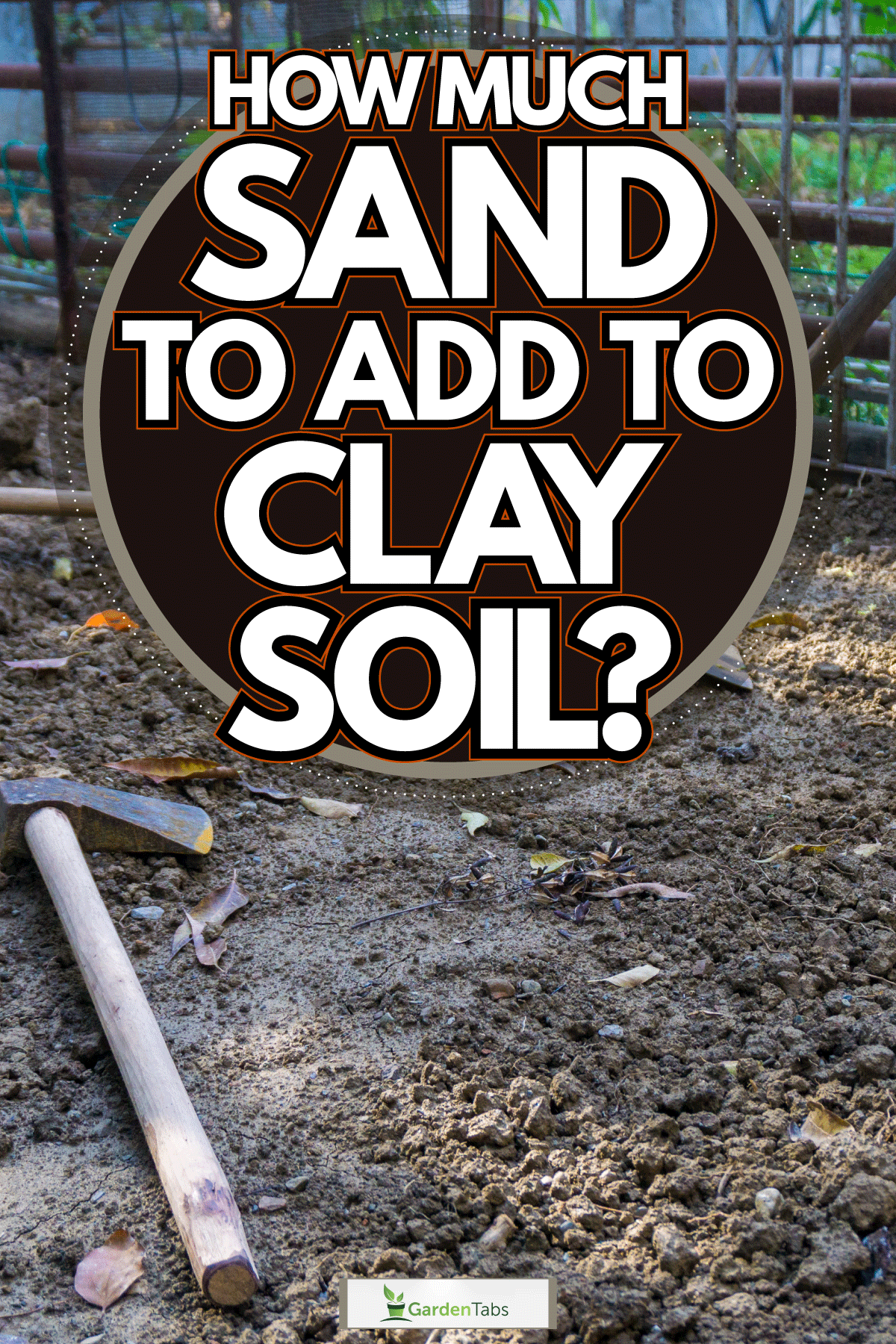
Defining Clay Soil
Understanding what clay soil is will help answer some more relevant questions about its purpose.
Clay soil is a mixture of organic materials that are used to support life (also known as soil) and clay minerals.
These clay minerals are a combination of cations. A cation is a positively charged molecule. These cations attract negatively charged molecules. Attracting negatively charged molecules is a benefit of clay that we will discuss later.
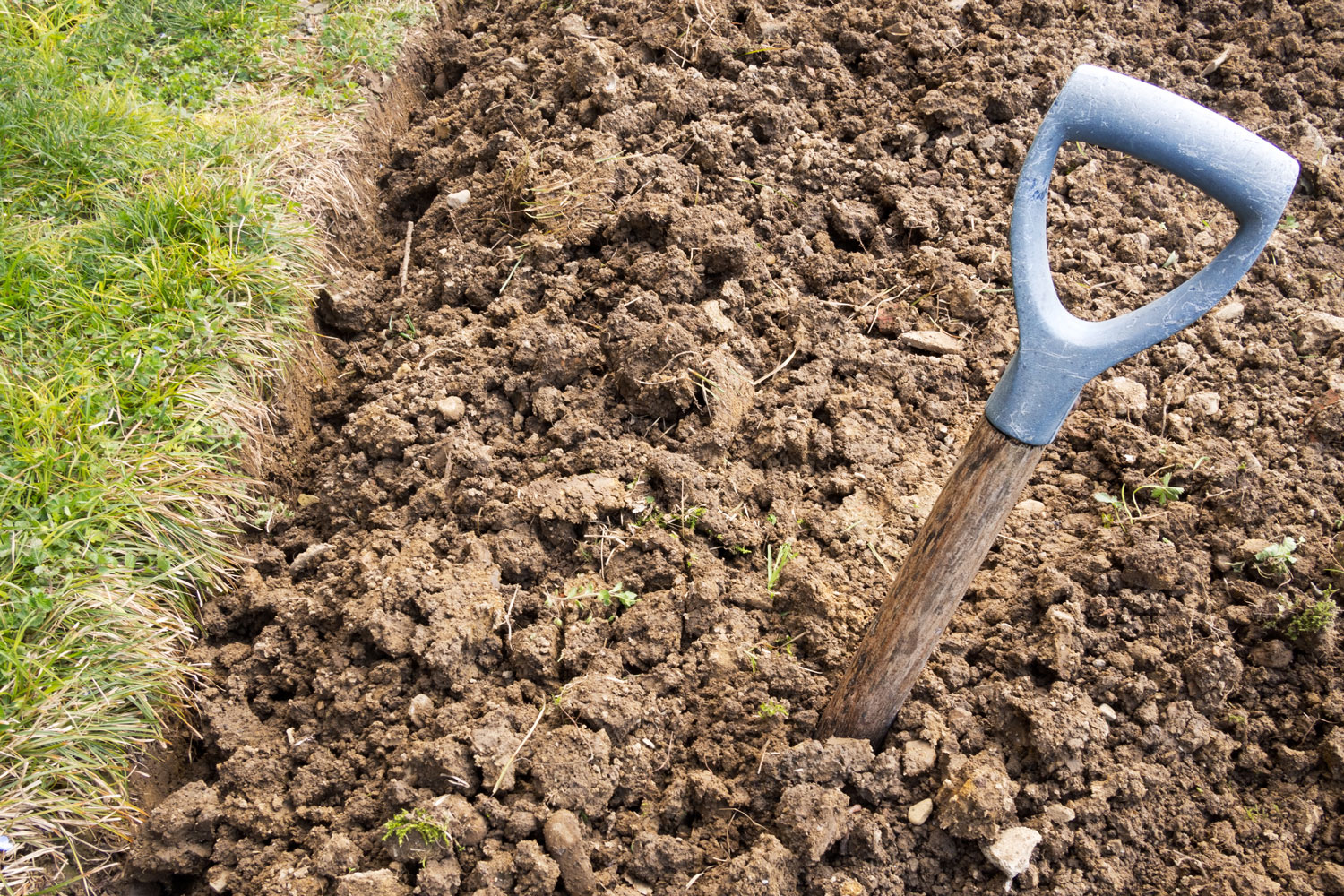
The cations that clay is composed of include iron, magnesium, alkali metals, and others. The term for this combination of ingredients is hydrous aluminum phyllosilicates. Simply put:
hydrous = composed of water, aluminum = metal of sorts that thrives with water, phyllosilicates = salt that turns into rock in parallel sheets. So, to sum all that up, clay soil is a soil with transformation properties when introduced to water.
To define soil as "clay soil," the soil must be made of at least 40% clay. In order to be considered "heavy clay," the soil must contain at least 50% clay.
This might be important information for future clay soil projects. In this case, clay soil would enhance your gardening situation rather than cause problems like waterlogging.
Disadvantages Of Clay Soil
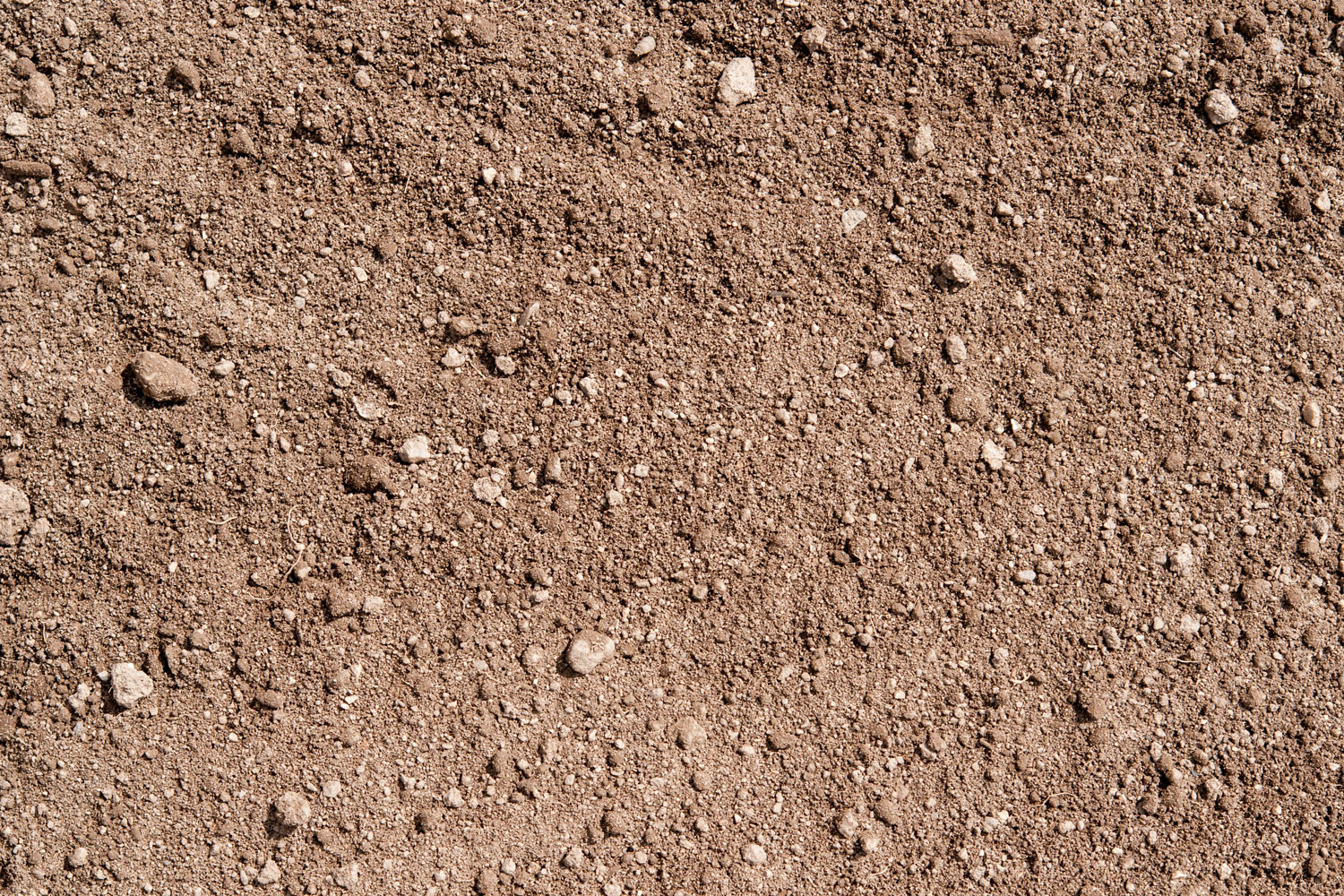
Clay soil is really hard to work with. It is very sticky and heavy when it is wet, and it is very hard like cement when it is dry.
Read more: How To Keep Clay Soil From Cracking [3 Methods To Know]
The above explanation of clay soil states that when water is added, the ions react, changing the texture of the material. These conditions are not healthy for most plants, flowers, and vegetables because their roots are not strong enough to crawl through dense rock.
Clay is the oldest known material for ceramics. This would make sense considering that when water is added to clay soil it will make it like a paste. This consistency makes for a very flexible and sculptable material.
Once it dries, the minerals in clay harden like a rock in parallel layers—another perfect fit for pottery and ceramics.
Clay is also impermeable. This means that water can't pass through, which isn't good when you are trying to hydrate your crops and flowers.
Clay soil is really good at retaining moisture and water because it doesn't let it pass through its micropores. Unfortunately, this is the cause of root systems drowning. Roots sitting in too much water is not healthy, and this will cause them to die.
Does Adding Sand To Clay Soil Help Drainage?
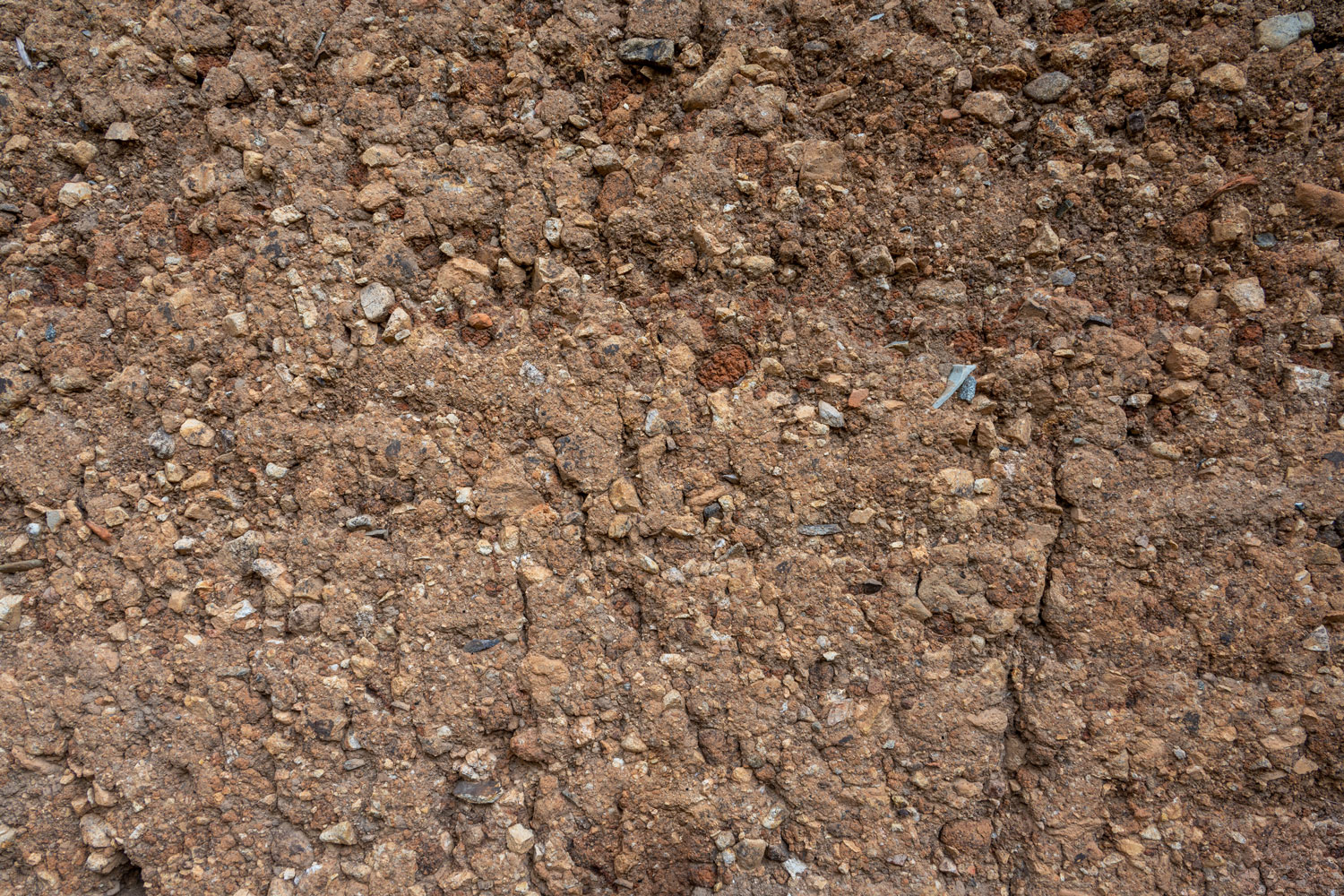
We just discussed how clay soil's biggest flaw is that it does not drain well. Drainage is important for growing plants, especially flowers and vegetables. After all, what you are really after when you are gardening is a healthy root system. A healthy root system is a healthy plant.
You might think that adding something to the clay soil will allow better drainage because you would be breaking up the binding properties, and you would be right!
It is possible to add sand to clay soil to help drainage, but only at a 1:1 ratio. For most people, this is a ridiculous amount of sand, which is why this wouldn't be the method we recommend.
To improve drainability in clay soil, the best thing to do is mix in organic matter. Mixing in bark, sawdust, old leaves, manure and compost will not only improve the soil's ability to drain but also provide incredible amounts of nutrients that will better feed your plants.
There is a most effective way to add organic matter to clay soil. The best process is to cover the ground you are planning on growing with at least two to three inches of these organic materials.
Next, you should till six to seven inches deep. Tilling will turn the soil over as well as break it up, mixing the clay soil and organic matter together. It is suggested to mix in organic compost one to two times a year in order to preserve the quality of the soil.
Read more: Should You Add Sand To Clay Soil?
Does Gravel Help Clay Soil?
Adding anything, gravel included, to clay soil is a good way to procure macropores. Breaking up clay soil with gravel will create large gaps that allow air and water to pass through.
Those gaps are called macropores. This makes for a much better place to grow annuals, perennials, and vegetables, allowing the sprouting and growing roots to expand and become strong.
How Do You Fix Waterlogged Clay Soil?
Well, first of all, let's discuss what waterlogged clay soil is. Waterlogged means saturated with water, or full of water. When soil is waterlogged, it is full of water with nowhere to go, so it just sits on top of the ground.
You may see examples of this in areas where the soil is dense and unbreathable, especially after a large rainstorm.
To fix waterlogging is the same process as making the soil more breathable. By more breathable we mean less dense and to where water can pass through. Again, this means breaking up the rocklike matter in clay soil with something that has larger pores.
Even though this is a different task than making the soil riper for growth, it is the same process because waterlogging is an effect of dense soils like clay soil. Another effect of clay soil is a rotted root system. Same problem, two negative effects.
How To Break Down Clay Soil Fast?
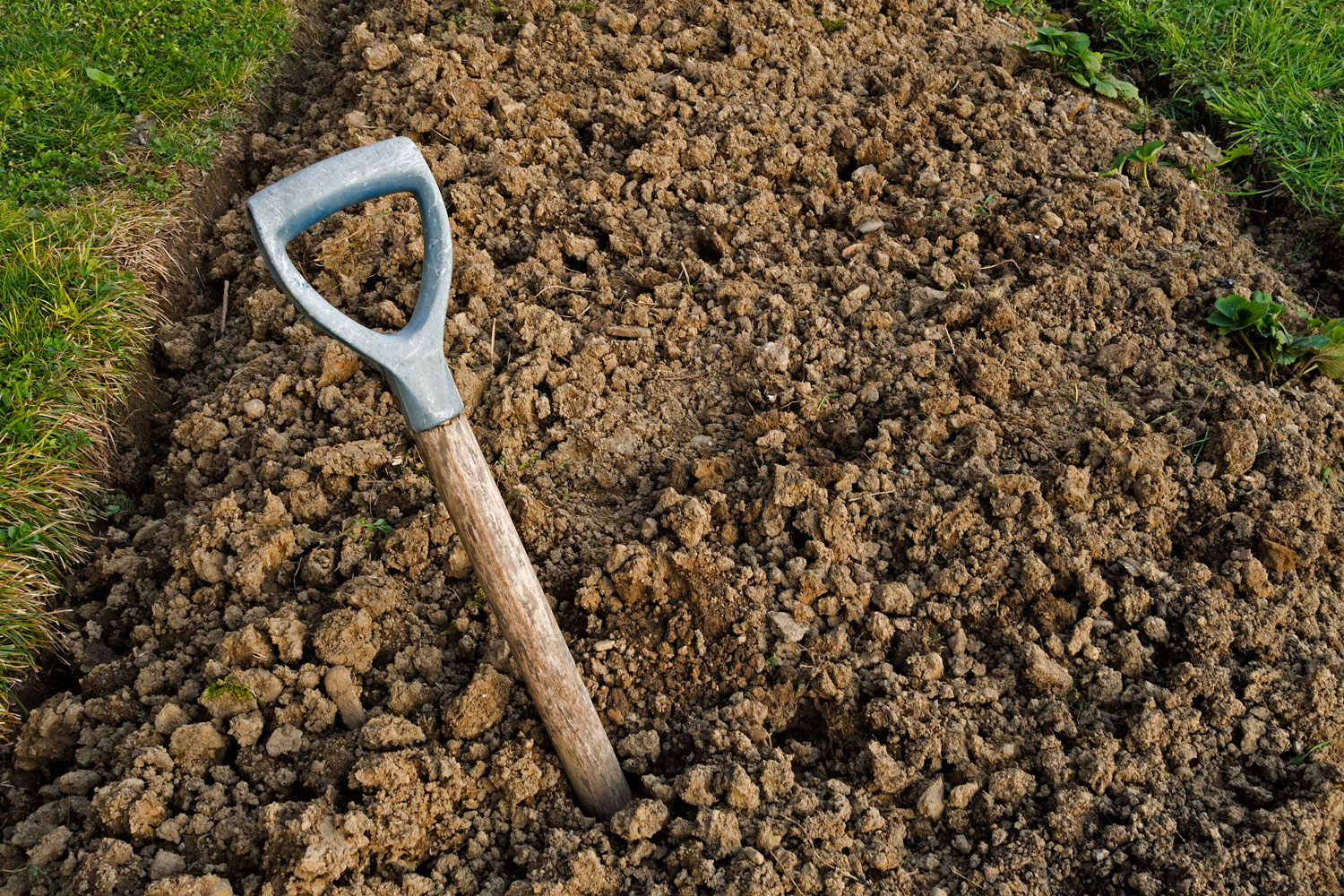
Truly, the best way to break down clay soil is with organic material and compost. It is even recommended to let leaves and organic debris stay there throughout the year. It will improve the overall quality of the soil in that area for the long term.
Read more: How Much Compost To Add To Clay Soil
There is not a "faster" way to do this than to mix it all up and till it all in. If you have the proper equipment, like a rototiller, it will certainly speed up the process. Mixing large surface areas of soil up, at least six inches deep, is quite the chore by hand and shovel, but it is doable.
Benefits Of Clay Soil
After talking about all the drawbacks associated with clay soil, we owe it to this complex material to talk about its benefits.
One thing that we already know is that clay soil retains a lot of water, which can be great! Normally, a surplus of water is unhealthy. However, hydration is not inherently a negative thing, just an excess of it is.
Another great quality of clay soil is the abundance of nutrients! The abundance of nutrients is largely attributed to the amount of water that is retained.
The negatively charged ions that clay soil (which is filled with positively charges ions) attracts include calcium, potassium, ammonium, and magnesium. These are all extremely valuable nutrients for growing plants to have access to.
Final Thoughts
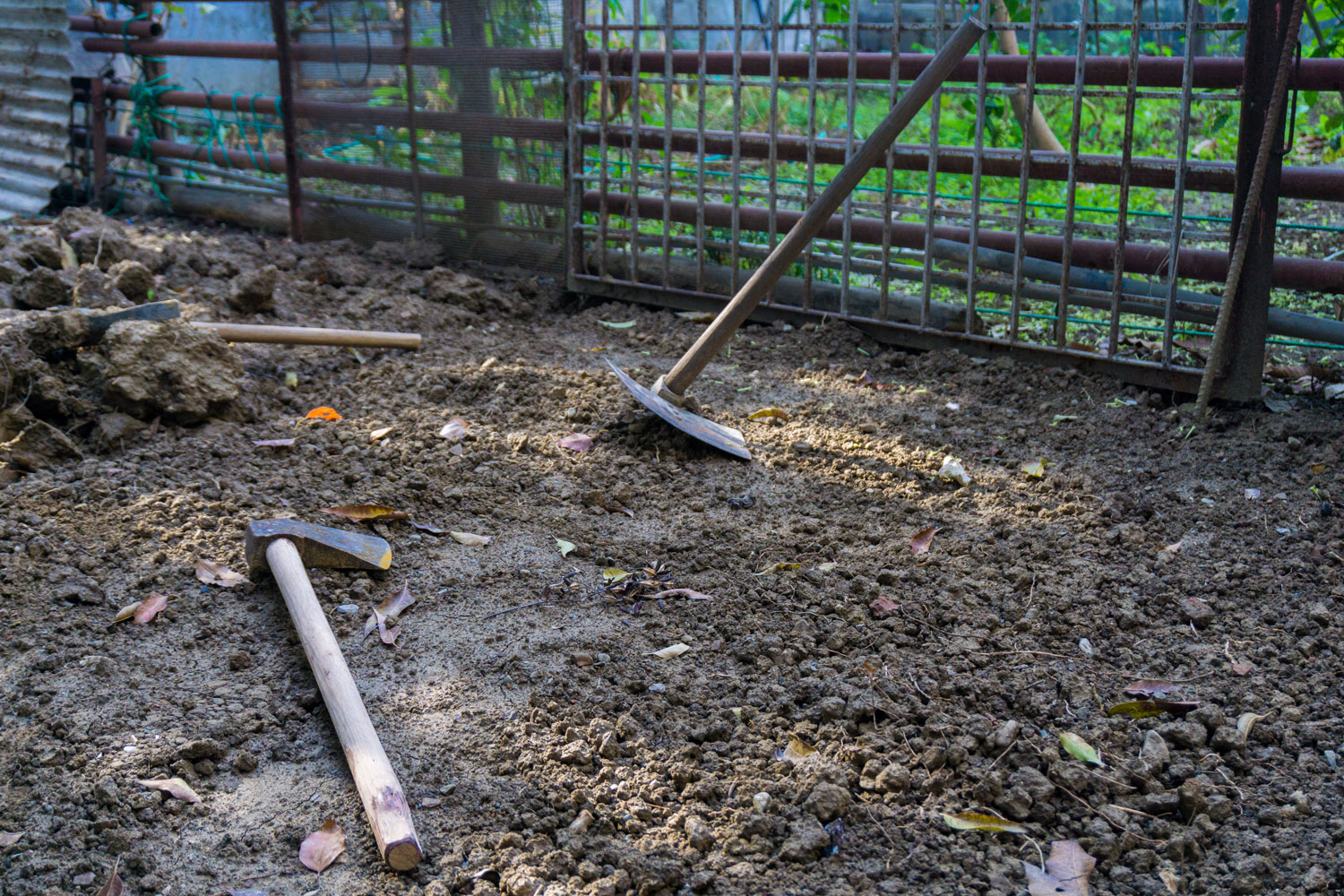
We have undergone quite the science lesson today. Hopefully, you now understand the different qualities of clay soil. By learning about the composition of materials, we can better understand why clay soil can be good—and not so good—as planting soil.
We also learned about whether gravel and sand are good materials to mix with clay soil to make it more porous. Now we know the healthiest and most effective matter to add is actually organic compost.
Some of those items include manure, dried leaves, sawdust, and tree bark. Don't forget to add two to three inches of this to the surface area, and mix it in at least six inches deep.
Now that the complexity of the world's oldest ceramic material has been combed through, clay soil should be way less intimidating.
